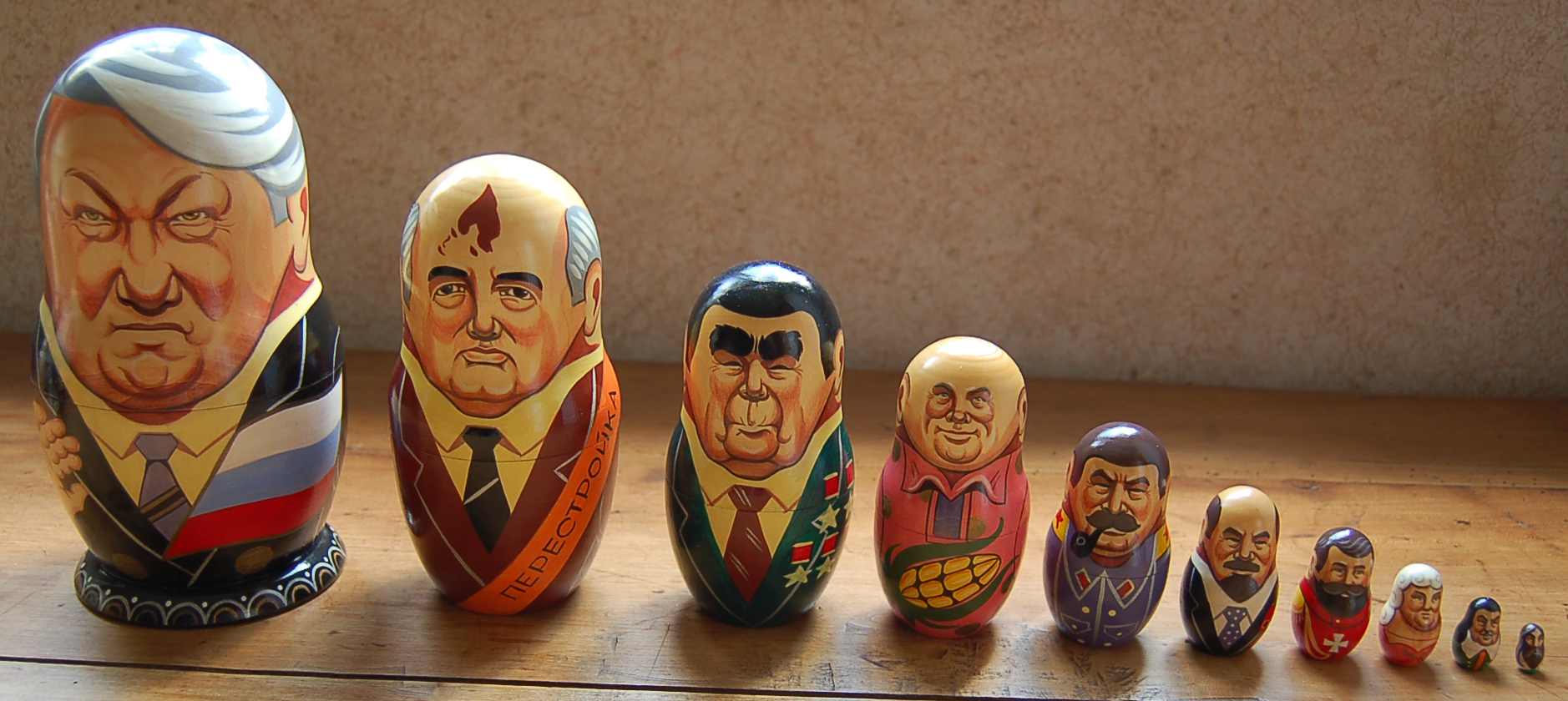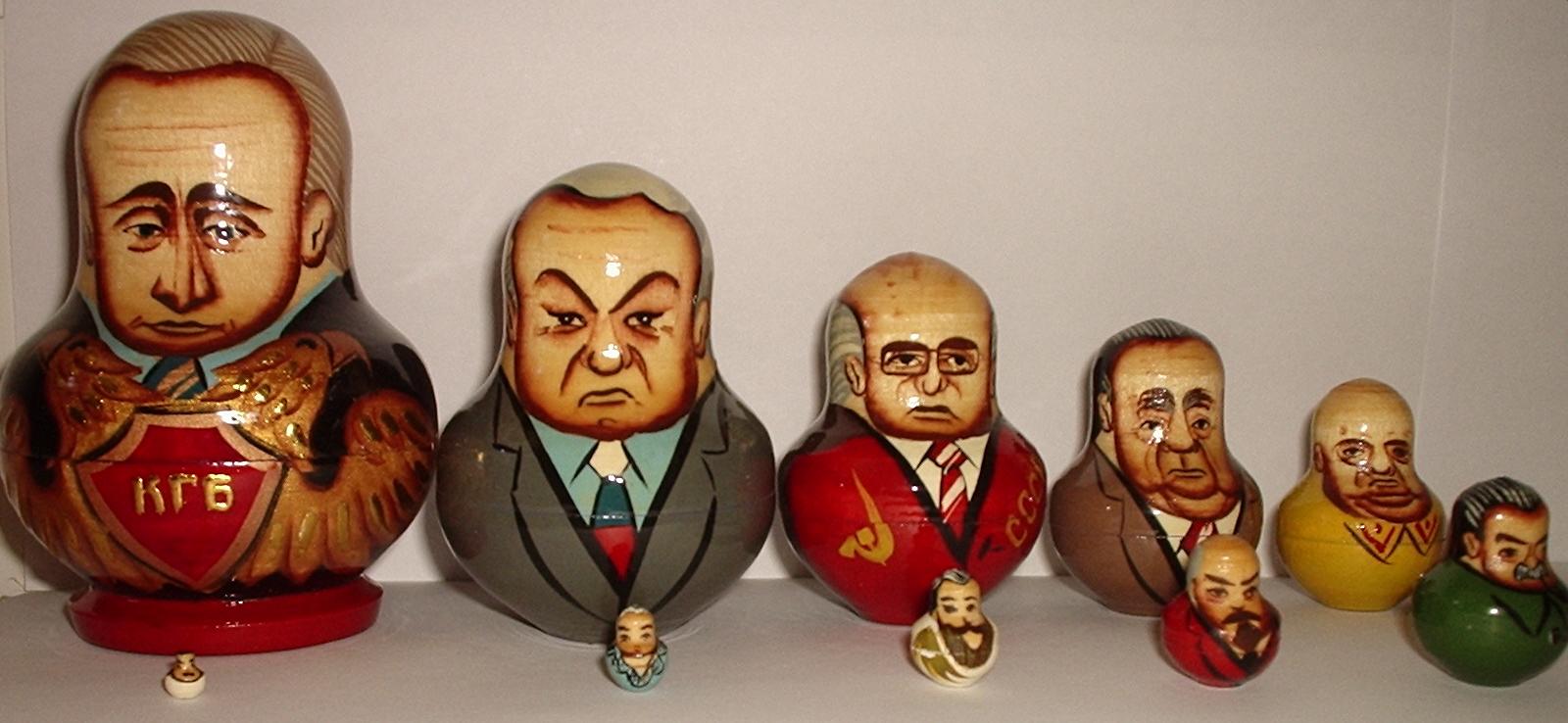First you need to choose a tree. As a rule, it is linden, birch, aspen, and larch. The tree must be cut down necessarily in the early spring or winter, so that there is little juice in it and it should be smooth, without knots. The trunk is treated and stored so that the wood is blown. It is important not to over dry the log. The drying period is about two to three years. Masters say that the tree should ring. Let’s find out what is a Russian nesting doll used for.
Specifications of nesting dolls
The first to appear is the smallest matryoshka that does not open. Behind her – the lower part (bottom) for the next. The first nesting dolls were six-seater, eight-seater, maximum, and in recent years, 35- local, even 70- local, nesting dolls appeared in Semen, the seven-seater Semenovskaya nesting doll was one meter tall. The upper part of the second matryoshka is not dried, but is immediately worn on the bottom. Due to the fact that the upper part is finally dried in place, the parts of the matryoshka fit snugly together and keep well.
More Russian nesting doll variants as table decorations are up for sale at low prices at https://nestingdolls.co.

When the nesting doll’s body is ready, it is sanded and ground. And then the process begins, which gives each matryoshka its own individuality – painting. First, the basis of the drawing is applied with a pencil. Sometimes drawing is burned, and then tinted watercolor.
Then outlines the mouth, eyes, and cheeks and already then the doll is painted clothes. Typically, paint, use gouache, watercolor or acrylic. Each area has its own canons of painting, its colors and shapes. Masters of Polkhovsky Maidan, as well as Merin and Semenov’s neighbors, paint the matryoshka with aniline paints on a previously primed surface. Dyes are diluted with an alcohol solution. The painting of Sergiyev matryoshka is made without preliminary drawing with gouache and only occasionally with watercolor and tempera, and the intensity of color is achieved with the help of varnishing.
Points to remember regarding nesting dolls
Matreshku called “a gift from the Russian soul,” but the appearance of one of the main symbols of Russia and remains a mystery for the second century. Interesting facts about the matryoshka brought Natalia Letnikova.
The wooden detachable doll of the Japanese deity Fukuruma became the prototype of the matryoshka doll. The souvenir fell into the family of the patron of art Mamontov from the island of Honshu. In Japan itself, authorship is attributed to an unknown missionary monk from Russia.
The first sketch of a chubby peasant woman was painted in the nineteenth century by one of the creators of the “Russian style” Sergey Malyutin. A toy from Sergiev Posad Vasily Zvezdochkin carved it out of wood. They called the novelty popular at the time the name Matrona.
There are secrets in making nesting dolls. For durability, the tree must lie in the open air for two years. All the way from the bar to the finished figure takes 15 stages. First grind the smallest figure.
Check out this cool article by The Washington Post about nesting dolls in this link.

Matryoshka – gold medalist
At the International Exhibition of Handicraft in Paris in 1900, she won the first prize, toured all of Europe exhibition – from Berlin to London. Today, the unique exhibition “A Difficult Toy” can be seen in the All-Russian Museum of Decorative, Applied and Folk Art. The popularity of the nested doll inspired the work of Western masters. In 1890, the Russian consul reported from Germany to St. Petersburg that a Russian souvenir was forged in Nuremberg, but the production did not go as well as in France.
The biggest matryoshka is located at the “crossroads of worlds” is in the Chinese city of Manchuria. Thirty-meter sculpture installed at the intersection of the borders of Russia and Mongolia. The symbol of friendship is decorated with images of three girls, Chinese, Mongolian and Russian.
The most numerous family of dolls was made in the Nizhny Novgorod city Semenov In one meter wooden matron sit 72 figures. And one of the largest museums in Europe, the Russian ethnographic , conducts master classes in painting figurines.
Types of nesting dolls:
The Sergiev matryoshka is a chubby girl in a scarf and a sundress with an apron brightly painted using 3-4 colors (red or orange, yellow, green and blue). The lines of the face and clothing are outlined in black. After renaming Sergiev Posad to Zagorsk, in 1930, this type of painting began to be called Zagorsk. Now there are many types of nesting dolls Semenov, Merin, Polkhov, and Vyatka. The most popular are the Maydanovskie (from Polkhov Maidan) and Semenovskie nesting dolls.
Polkhovsky Maidan – the most famous center for the manufacture and painting of dolls, located in the south-west of the Nizhny Novgorod region. The main element of the polikho-maydanovskaya nesting doll is a multi-petal rosehip flower (“rose”), next to which there can be half-opened buds on the branches. The painting is applied on a pre-applied contour made with ink. Coloring is made on a primer with starch, after it products are coated twice or three times with a transparent varnish.

